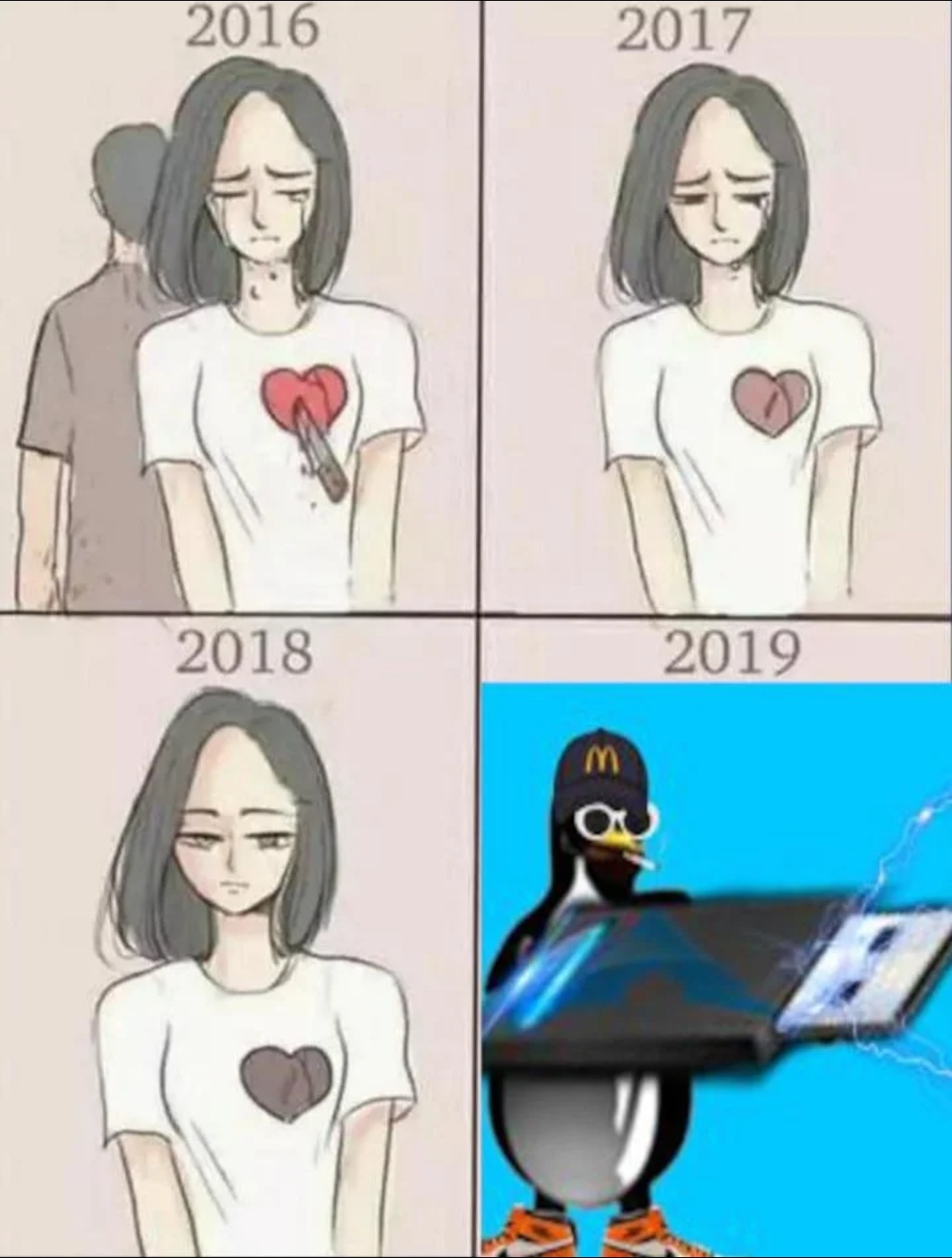Distro agnostic packages like flatpaks and appimages have become extremely popular over the past few years, yet they seem to get a lot of dirt thrown on them because they are super bloated (since they bring all their dependencies with them).
NixPkgs are also distro agnostic, but they are about as light as regular system packages (.deb/.rpm/.PKG) all the while having an impressive 80 000 packages in their repos.
I don’t get why more people aren’t using them, sure they do need some tweaking but so do flatpaks, my main theory is that there are no graphical installer for them and the CLI installer is lacking (no progress bar, no ETA, strange syntax) I’m also scared that there is a downside to them I dont know about.


All of these points are completely correct and paint an accurate picture of the inherent issues with both technologies.
My intent with my earlier comment was to show how flatpaks and appimages were different from traditional package managers at a high level so I could ask what made nixpkgs different from something I felt and still kinda feel is a more accurate comparison which are traditional package managers like apt etc.
The big selling point to me now is that nixpkgs seem to work similarly to virtualenvs from Python which is cool.